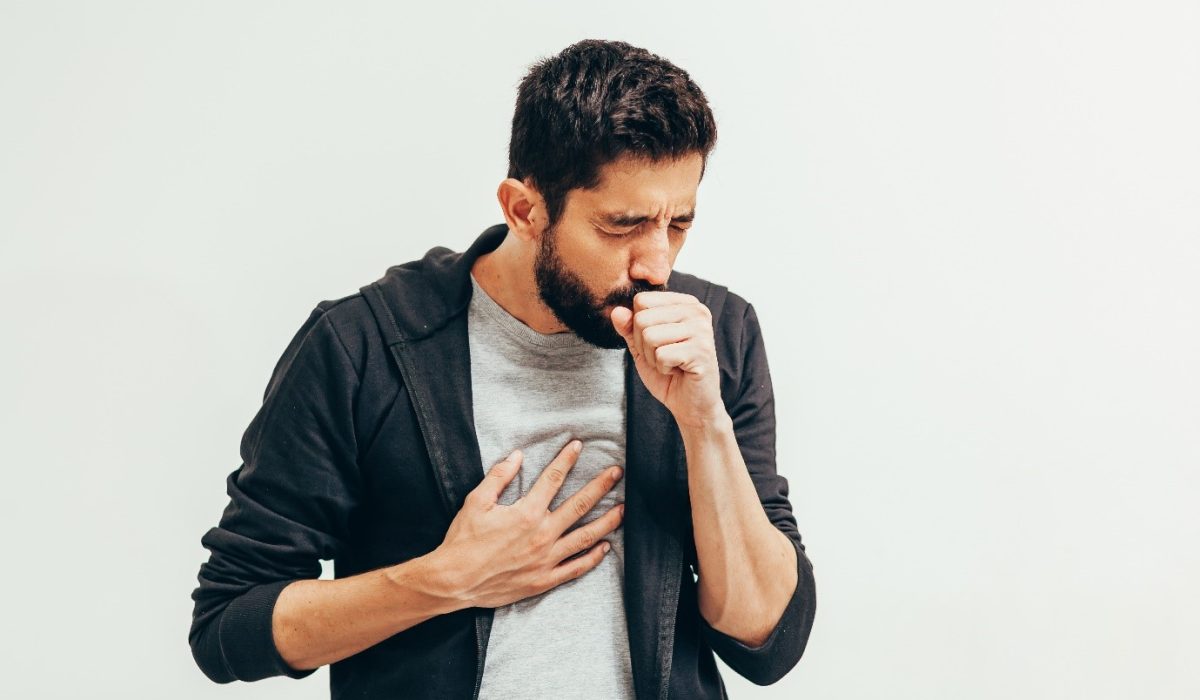Tuberculosis (TB) is one of the most persistent and significant public health threats globally. Despite major advancements in medical science and the availability of effective treatments, TB continues to cause widespread morbidity and mortality, especially in developing countries.
What is Tuberculosis?
Tuberculosis is an infectious disease caused by the bacterium Mycobacterium tuberculosis. Although it most commonly affects the lungs, it can also target other parts of the body, such as the kidneys, spine, and brain. TB spreads primarily through the air when an infected person coughs, sneezes, or even talks, releasing tiny droplets containing the bacteria into the air. These droplets can be inhaled by others, leading to infection.
It’s important to differentiate between two types of TB: latent TB infection (LTBI) and active TB disease.
Latent TB vs. Active TB Disease
Latent TB Infection (LTBI)
In LTBI, the Mycobacterium tuberculosis bacteria are present in the body but are inactive. Individuals with latent TB do not exhibit symptoms and are not contagious. However, the bacteria can become active later in life, particularly if the person’s immune system becomes weakened due to other illnesses or treatments, leading to active TB disease.
Active TB Disease
In active TB, the bacteria are multiplying and causing symptoms. This stage is contagious, and individuals with active TB disease can spread the bacteria to others. Early detection and treatment of active TB are crucial to prevent its transmission and complications.
Symptoms of Tuberculosis
TB symptoms vary depending on the part of the body affected. The most common form of TB is pulmonary TB, which affects the lungs. Symptoms of pulmonary TB include:
- Persistent cough that lasts for more than three weeks
- Chest pain while coughing or breathing deeply
- Coughing up blood or sputum
- Fatigue and weakness
- Unexplained weight loss
- Loss of appetite
- Fever and chills, especially at night
- Night sweats
When TB spreads to other organs, it is called extrapulmonary TB. Symptoms depend on the organs affected:
- Spinal TB causes back pain
- Renal TB results in blood in the urine
- TB meningitis leads to headaches, confusion, and neck stiffness
- Lymph node TB causes swollen lymph nodes, typically in the neck
How Does Tuberculosis Spread?
TB is primarily spread through airborne droplets released when an infected person coughs, sneezes, or talks. These droplets can linger in the air for some time, especially in poorly ventilated areas. People who are in close contact with someone who has active TB are at higher risk of infection. The risk increases when the infected person has pulmonary TB, as the bacteria are most concentrated in the lungs.
Diagnosing Tuberculosis
Diagnosing TB promptly is essential to prevent further transmission and complications. Healthcare professionals use a combination of tests to identify TB:
- Tuberculin Skin Test (TST): Also known as the Mantoux test, this involves injecting a small amount of tuberculin under the skin. A raised bump at the injection site after 48-72 hours may indicate a latent TB infection.
- Interferon-Gamma Release Assays (IGRAs): Blood tests that detect the immune response to TB bacteria. These are helpful in diagnosing latent TB and are not affected by prior BCG vaccinations.
- Chest X-ray: This imaging test is used to detect lung abnormalities suggestive of TB, particularly in individuals with positive TST or IGRA results.
- Sputum Smear and Culture: A sputum sample is examined for the presence of TB bacteria. Culturing the bacteria helps determine its susceptibility to antibiotics, which is crucial for tailoring treatment.
- Molecular Diagnostic Tests: Tests like Xpert MTB/RIF quickly detect TB DNA and identify resistance to rifampicin, an important drug in TB treatment.
Treatment for Tuberculosis
Treatment for TB varies depending on whether a person has latent TB or active TB disease.
Latent TB Treatment
The goal of treatment for latent TB is to prevent the development of active TB. Medications typically used include:
- Isoniazid (for 6-9 months)
- Rifampin or Rifapentine
These medications help kill the dormant bacteria and reduce the risk of the infection progressing to active TB.
Active TB Disease Treatment
Active TB disease requires a combination of antibiotics for at least six to nine months.It is crucial to complete the entire course of antibiotics to ensure that the bacteria are fully eradicated and to prevent the development of drug-resistant TB.
Drug-Resistant Tuberculosis (MDR-TB)
MDR-TB and XDR-TB (extensively drug-resistant TB) are forms of TB that are resistant to one or more of the first-line antibiotics used in treatment. Drug-resistant TB requires longer, more complicated treatment regimens with second-line drugs, which are often less effective and more toxic.
Preventing Tuberculosis
Prevention is key in controlling the spread of TB, especially in high-risk communities.
- BCG Vaccine: The Bacillus Calmette-Guérin (BCG) vaccine is widely used in many countries, particularly in children, to protect against severe forms of TB. However, it is not entirely effective at preventing pulmonary TB in adults.
- Infection Control in Healthcare Settings: TB patients should be isolated, and healthcare workers should use personal protective equipment (PPE) such as N95 masks. Adequate ventilation in hospitals and clinics also reduces the risk of transmission.
- Public Health Efforts: Governments and organizations focus on early diagnosis, treatment, and patient education to reduce TB prevalence. This includes contact tracing, which helps identify and treat people who may have been exposed to TB.
- Individual Measures: People should avoid close contact with individuals who have active TB, cover their coughs and sneezes, and seek medical care if they experience symptoms of TB.
Conclusion
Tuberculosis is a serious but treatable disease. Early detection and adherence to treatment are crucial to controlling its spread and preventing complications. With continued research, public health initiatives, and awareness, we can work toward the eventual elimination of TB worldwide.


